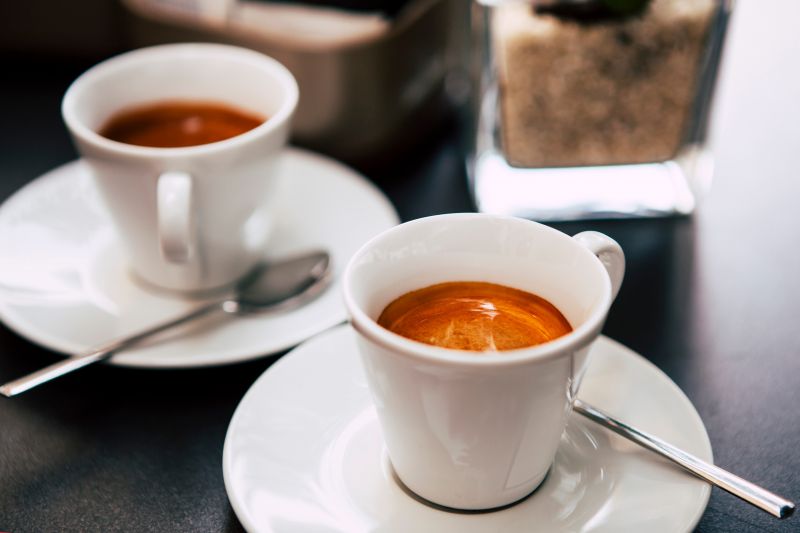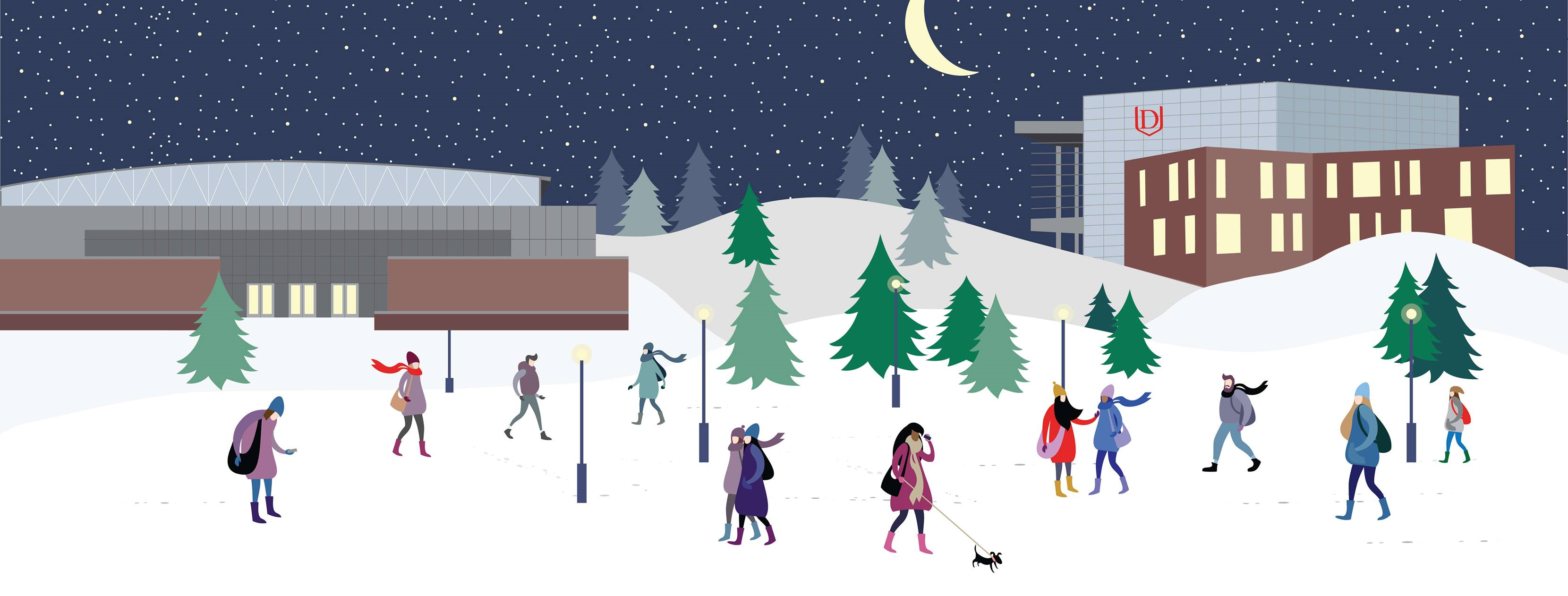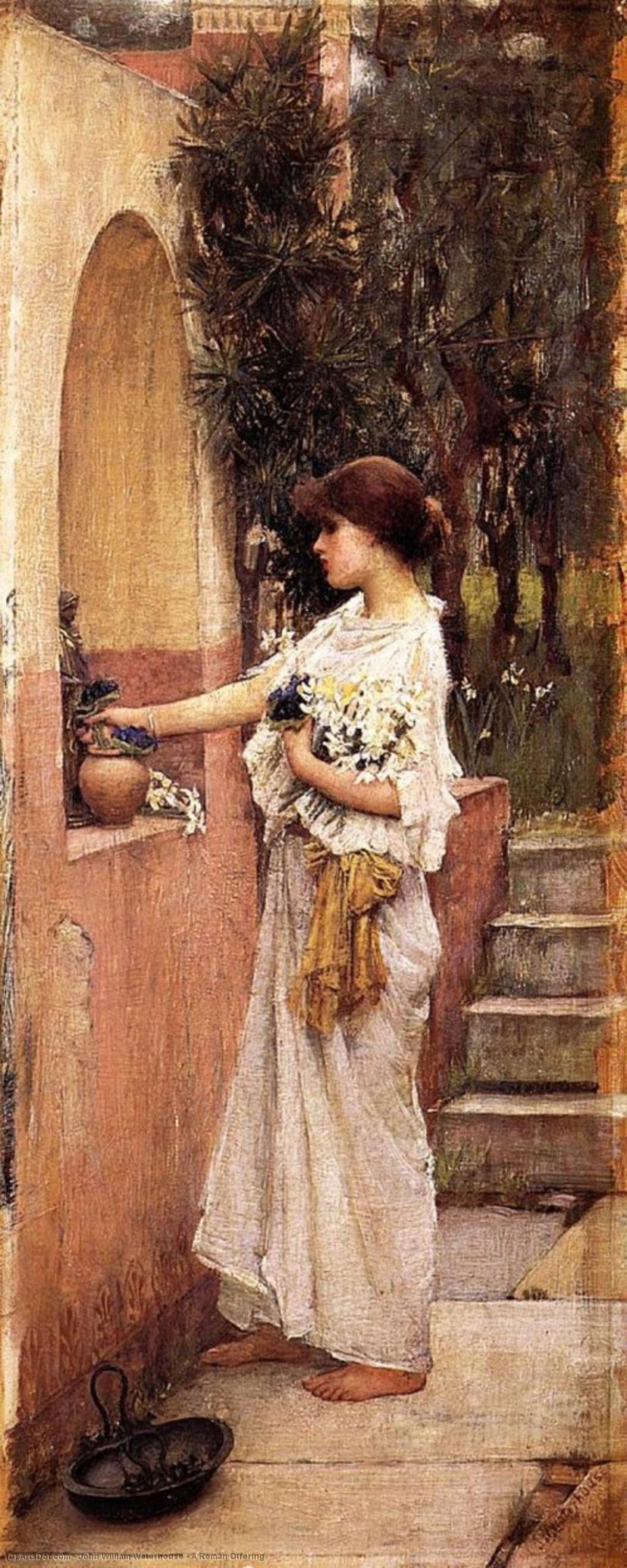Chanukah Celebration
- Home Page 10

Advent Carol Service
History of the English Speaking Peoples (Winston Churchill 1956-1958) | Hillsdale College Michigan
🎥 💿 One week to go until the deluxe Christmas Edition of our new @harmoniamundi album ‘John Rutter: A Clare College Celebration’, is released!https://t.co/3OGIU5emb1@johnmrutter: Shepherd’s Pipe Carol@ClareChoir
The Dmitri Ensemble@mrgrahamross, conductor pic.twitter.com/n6TU6rDoe5— Clare College Choir (@ClareChoir) December 5, 2025
Flat White
“This is the story of how Italian sugar growers in the Sunshine State are said to have inspired
the “invention” of the flat white – a drink that would go on to become a global sensation.
— Garritt Van Dyk – Lecturer at the School of Humanities, Creative Industries and Social Sciences
Meet the friendly faces behind the counter of your favourite vendors across our campuses!
From pharmacies to coffee shops and restaurant dining, we’ve got you covered. ☕
Check out the full list of vendors by campus here 👉 https://t.co/kX50eD2DWJ pic.twitter.com/2jLb9vybX9
— University of Newcastle (@Uni_Newcastle) May 2, 2024
Sinterklaas Koffie
Nederland | Koninklijk Nederlands Normalisatie Instituut | NEN 1010 (IEC 60364)
Tomorrow Sinterklaas will arrive in the Netherlands from his home in Spain, bringing presents and special treats for children. Learn more about the celebrations to welcome his arrival in #Amsterdam and this amazing Dutch holiday: https://t.co/Guioc6M5Zi pic.twitter.com/6HYoMrPNnO
— I amsterdam (@Iamsterdam) November 16, 2019
Readings:
The Heritage Foundation: Interview with Dutch Scholars on Marriage
E-Sport
This content is accessible to paid subscribers. To view it please enter your password below or send mike@standardsmichigan.com a request for subscription details.
10 Tampa Bay
Lakeland Florida high school offers free clothes and laundry facilities. Expansion of this concept to Saturdays for all students in the district would contribute to greater utilization of square footage that is normally unused. It may also lower energy cost and contribute to “family feeling” in the district.
Schools install laundry facilities to help students in need, improve attendance
I was admiring my gran’s sewing machine today. I think it was probably her mother’s. Amazing that a mass-produced tool was made to look like *this*. pic.twitter.com/fiT5NxtzNA
— Peter Ross (@PeterAlanRoss) September 26, 2024
The 98th commencement ceremony for H.B. Plant High School celebrates the remarkable graduating class of 2025!
🎓 “Your dedication, perseverance, and willingness to give your all have brought you to this moment. As you move forward, embrace every opportunity with the same spirit… pic.twitter.com/oJ9K1NSgeG
— Hillsborough Schools (@HillsboroughSch) May 24, 2025
“Washing Day” 1885 John Williams Waterhousehttps://t.co/xECh8y6kCbhttps://t.co/NsIhHF46RKhttps://t.co/jXZaRdSsbf pic.twitter.com/GzG85BmLGb
— Standards Michigan (@StandardsMich) July 15, 2023
Gingerbread Latte
Davenport University Dining | Kent County Michiganhttps://t.co/EhJHcY3eh6https://t.co/C9ommPbsge@DavenportUhttps://t.co/RpHbzBa1gQ pic.twitter.com/poVvpXPjIu
— Standards Michigan (@StandardsMich) December 18, 2023
ProPublica Nonprofit Explorer: Davenport University, Kent County Michigan
Davenport University Facilities
Across our campuses, Davenport is spreading holiday cheer! ❤️ From food drives to toy collections and volunteer events, our students, faculty, and staff are giving back and making a difference this season. 🎄🌟 Learn more here: https://t.co/MT6VjVN2XU pic.twitter.com/ALgbVcxTjr
— davenportu (@DavenportU) December 17, 2024
Self Reliance: Ralph Waldo Emerson
“Self-Reliance” by Ralph Waldo Emerson is an essay that emphasizes individualism, nonconformity, and the importance of trusting one’s own instincts. Here are some passages from this influential accomplishment that informs American culture:
“Trust thyself: every heart vibrates to that iron string.”
” A foolish consistency is the hobgoblin of little minds, adored by little statesmen and philosophers and divines.”
“To be great is to be misunderstood.”
“Whoso would be a man must be a nonconformist.”
“Nothing can bring you peace but yourself. Nothing can bring you peace but the triumph of principles.”
These excerpts capture the essence of Emerson’s philosophy in “Self-Reliance,” promoting the idea of individualism, self-trust, and the pursuit of one’s unique path in life.
We have avoided listing interpretations offered by artificial intelligence algorithms because those algorithms are informed by at least one-hundred years of biased interpretation by scholars funded by the US federal government which has long since grown hostile to individualism; worthy coffee-house debate. We recommend you consult the original text, linked above.
💉✨ Choose your pathway to nursing success! Davenport’s BSN program offers flexible admission options, no waitlists, and three years of hands-on learning. Apply now! https://t.co/nJB6eNMhBs
Read more about DU’s BSN program here: https://t.co/tqz2Dvyn4A pic.twitter.com/TDYHiIKtc4
— davenportu (@DavenportU) November 18, 2024
Morning Breakfast
This content is accessible to paid subscribers. To view it please enter your password below or send mike@standardsmichigan.com a request for subscription details.
Morning Porridge
Porridge is a dish made by boiling grains, legumes, or starchy plants like oats, rice, cornmeal, or barley in water or milk until it reaches a soft, thick, and creamy consistency. It’s often eaten as a breakfast food and can be sweetened with sugar, honey, or fruit, or flavored with spices and other ingredients.
Common examples include oatmeal, rice porridge (like congee), and millet porridge. The specific ingredients and preparation vary widely across cultures and regions.
Not to be confused with grits; a specific type of porridge made from corn, with a distinct texture and cultural role, while porridge is a broader category encompassing many grains and preparations.
It was a work of love for Sir Roger. pic.twitter.com/mAHqCcYE4B
— Adam Krell (@adamkrell) November 24, 2025
New update alert! The 2022 update to the Trademark Assignment Dataset is now available online. Find 1.29 million trademark assignments, involving 2.28 million unique trademark properties issued by the USPTO between March 1952 and January 2023: https://t.co/njrDAbSpwB pic.twitter.com/GkAXrHoQ9T
— USPTO (@uspto) July 13, 2023
Standards Michigan Group, LLC
2723 South State Street | Suite 150
Ann Arbor, MI 48104 USA
888-746-3670



















